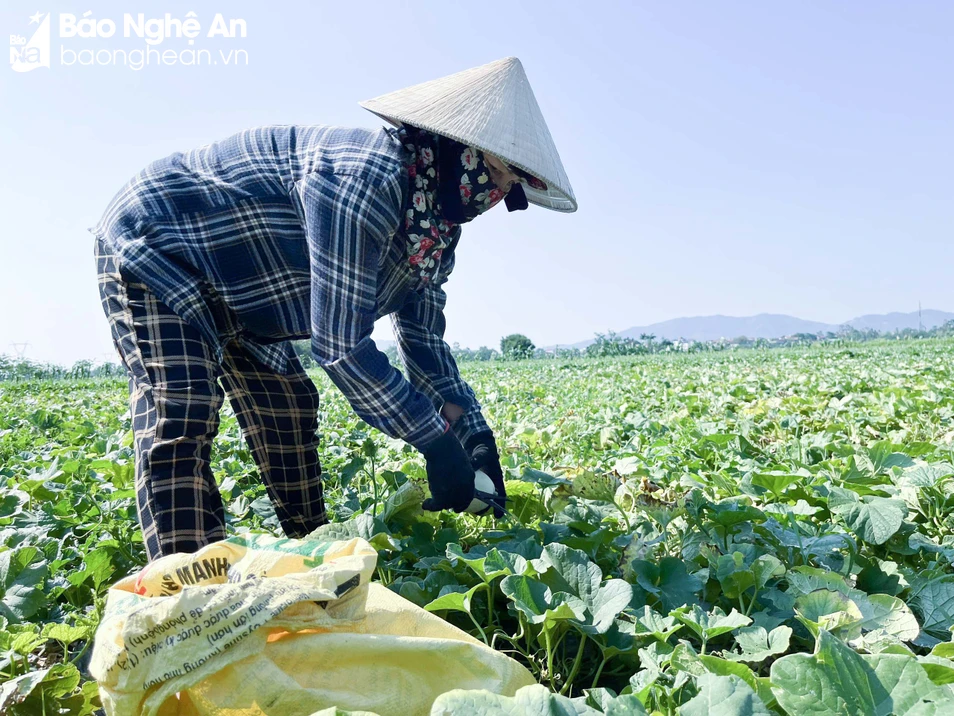
Growing 1 sao of melons, now entering the first harvest, Ms. Nguyen Thi Chanh in Hop Tan hamlet, Thuong Tan Loc commune (Nam Dan) is very excited when the melons are big, beautiful in appearance and are purchased by traders right in the field at a fairly high price.
Ms. Chanh said: “At the beginning of the season, the severe drought lasted for a long time, so the yield of melons decreased, only 70% compared to the previous year. In return, the melons are big, have beautiful colors, and are sweet, so they are purchased by traders at high prices. Accordingly, the price of grade 1 melons is 14,000-15,000 VND/kg; grade 2 is 8,000-10,000 VND/kg.”
According to Ms. Chanh's rough calculation, 1 sao of melon, the investment cost is only about 500,000 VND, after 2 months of care, it will be harvested, on average each sao yields about 800 kg - 1 ton of melon, bringing in an income of about 8-9 million VND. Compared to other crops, growing melon is much more economically efficient.
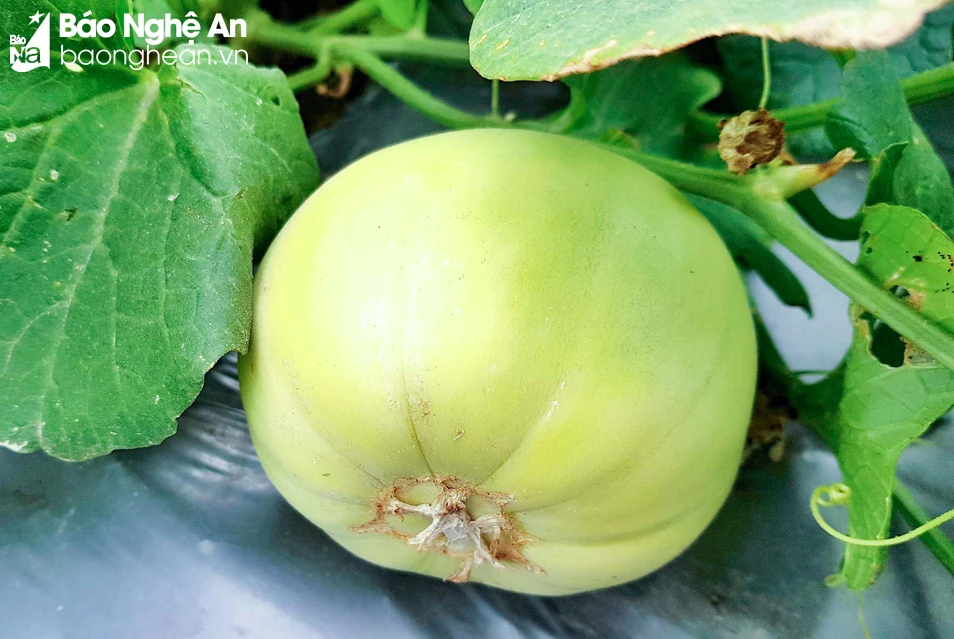
As one of the households with the largest melon growing area in Thuong Tan Loc commune, Mr. Bui Van The in Dai Thang hamlet has 2.5 hectares of melons. At the beginning of the season, the melon plots are being harvested. Growing melons for many years, introducing new varieties and ensuring proper irrigation and care results in high yields. On average, each hectare yields about 20-22 tons, bringing in revenue of about 200 million VND/ha.
“The most important thing in melon care is regulating the irrigation water. The investment cost for melons is not high but the care is great. Growing on a large area, I invest in drip irrigation, covering with plastic to limit weeds; monitoring the weather every day to have measures to care for and prevent pests for the melons. Every day I have to stay in the fields to water, pin vines, pinch tops, pollinate, and take care of the melons…”, Mr. The shared.
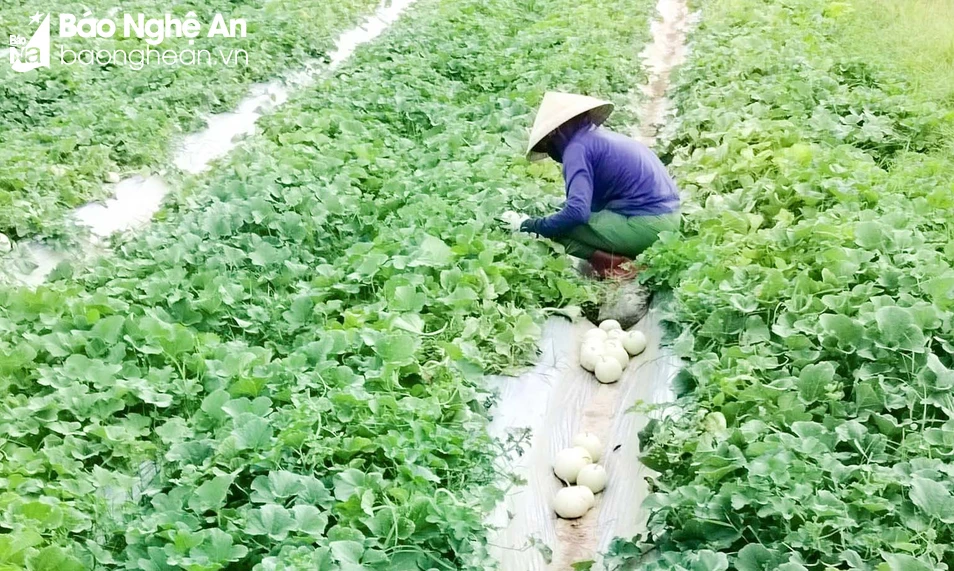
Currently, the entire Thuong Tan Loc commune grows about 50 hectares of melons, along with watermelons, which are the main crops, bringing high income on alluvial land. Due to the economic efficiency that melons bring, many areas of corn, peanuts, and pumpkins are gradually converted to growing melons. In addition to the white melon variety, many households are now growing yellow melons and super sweet melons with high yield, aroma, and deliciousness, which are favored by the market.
“Melon plants help farmers increase production value, improve income, improve living standards and are of great significance in transforming crop and season structure. Therefore, we always care about and encourage people to expand production area associated with actively applying scientific and technical advances, accumulating experience in caring for melons. At the same time, we open training classes on melon growing techniques for people…”, said Mr. Nguyen Van Long, an agricultural officer of Thuong Tan Loc commune.
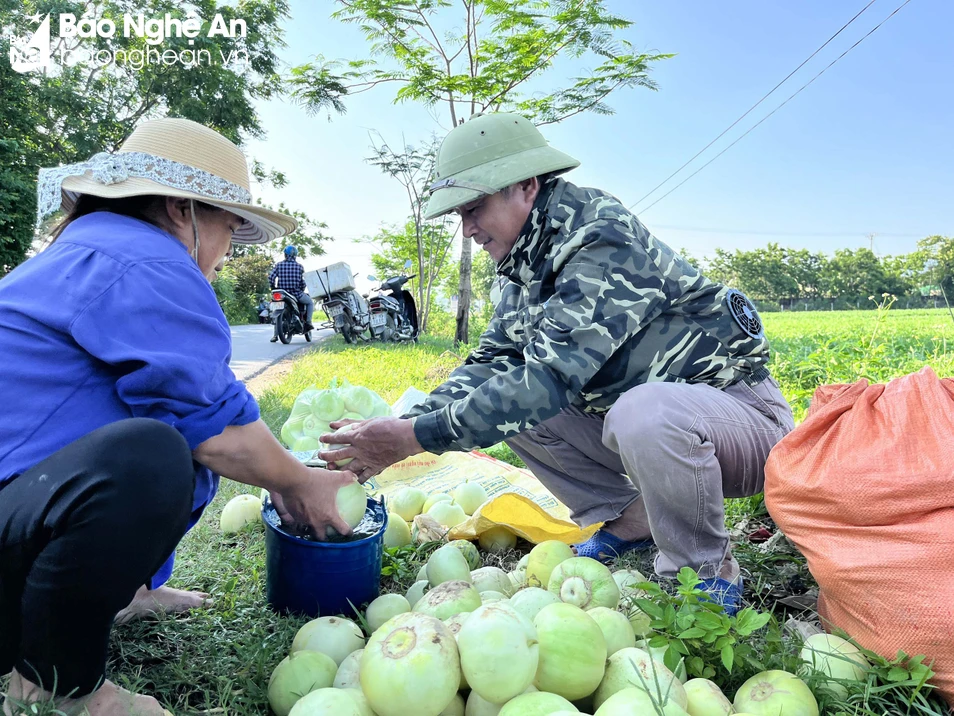
As a locality with a long tradition of growing melons, in addition to introducing new varieties for experimental planting, investing in irrigation systems, producing greenhouses, etc., people are also interested in the issue of organic melon production.
Accordingly, when the melons are in the fruit-bearing stage, instead of spraying pesticides, people catch worms at night; use garlic and chili preparations to spray; during the growing process, inorganic fertilizers are limited, organic fertilizers are increased, and fish-based nitrogen fertilizers are applied, etc., so the melons are sweet and healthy, and are favored by consumers. Therefore, the selling price is also higher than other places.
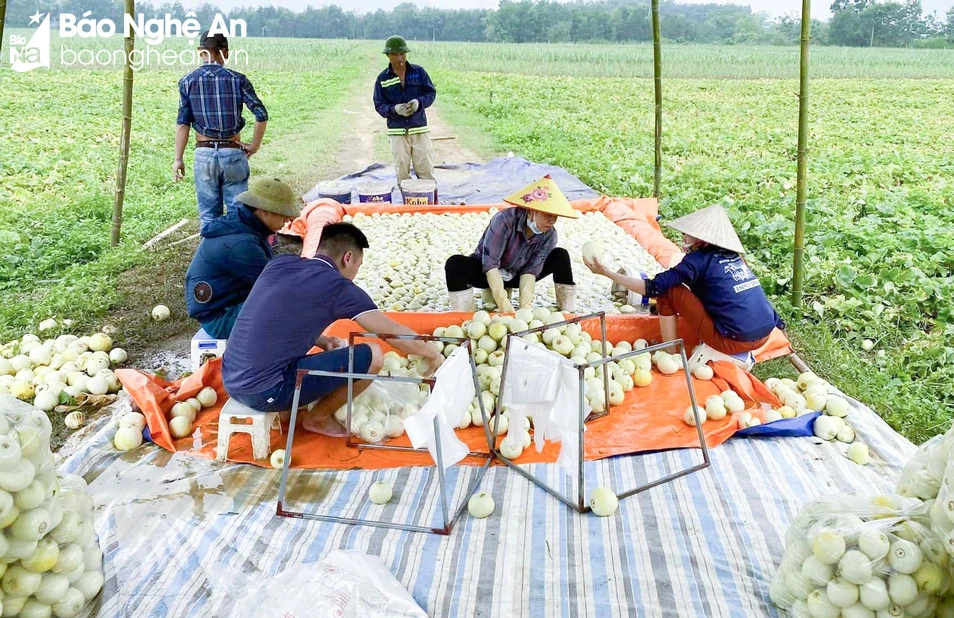
Mr. Tran Dung, a melon buyer in Nghi Long commune, said: “At the beginning of the season, the price of melons in Nghi Long commune fluctuates from 20,000 to 22,000 VND/kg, higher than melons in other regions. Traders like us have to place orders before the melons are ripe, and people have to buy all the melons as soon as they are harvested. The area of melons in Nghi Long commune is about 10 hectares, concentrated in Kim Nghia hamlet. Melon trees bring high income to people here.”
Up to now, the total area of melons in the province is estimated at 600 hectares, planted scattered in many localities, concentrated in Nghi Loc, Dien Chau, Nghia Dan, Nam Dan, Tan Ky districts... Melons are usually planted by people from the beginning of January, and are harvested after 2.5 months.
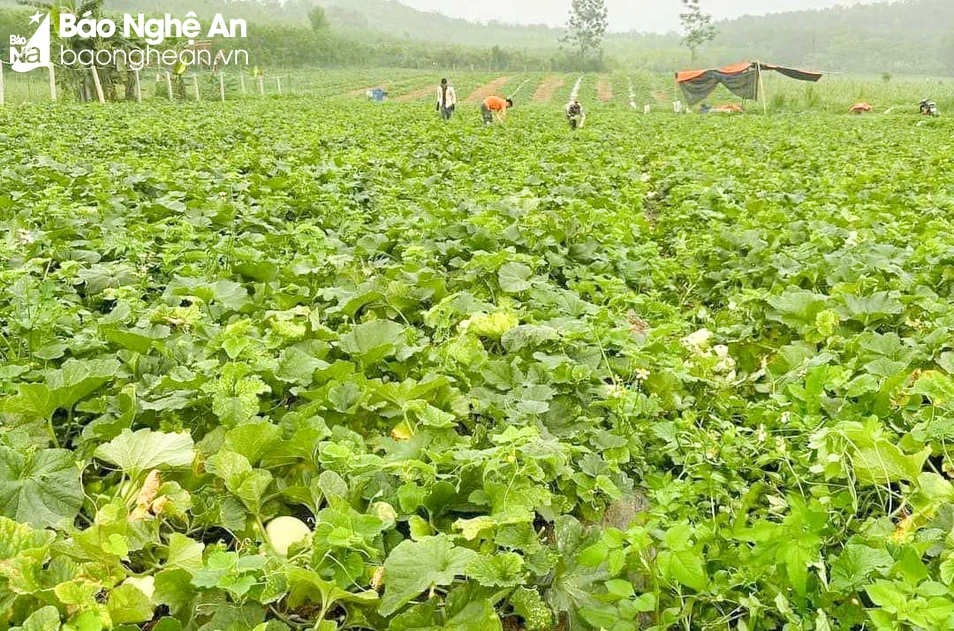
This is a low-investment plant, easy to grow, easy to care for, has few pests and diseases, high yield and outstanding economic efficiency. Therefore, melons are chosen by localities to replace ineffective crop areas or fields lacking water.
Source


![[Photo] Prime Minister Pham Minh Chinh chairs a meeting of the Government Standing Committee on overcoming the consequences of natural disasters after storm No. 11](https://vphoto.vietnam.vn/thumb/1200x675/vietnam/resource/IMAGE/2025/10/09/1759997894015_dsc-0591-jpg.webp)
![[Photo] President Luong Cuong attends the 80th Anniversary of the Traditional Day of Vietnamese Lawyers](https://vphoto.vietnam.vn/thumb/1200x675/vietnam/resource/IMAGE/2025/10/09/1760026998213_ndo_br_1-jpg.webp)


![[Photo] General Secretary To Lam visits Kieng Sang Kindergarten and the classroom named after Uncle Ho](https://vphoto.vietnam.vn/thumb/1200x675/vietnam/resource/IMAGE/2025/10/09/1760023999336_vna-potal-tong-bi-thu-to-lam-tham-truong-mau-giao-kieng-sang-va-lop-hoc-mang-ten-bac-ho-8328675-277-jpg.webp)






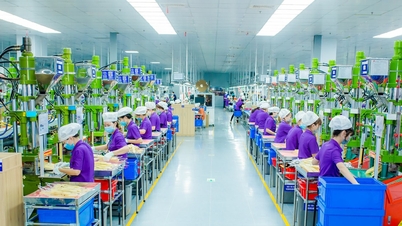











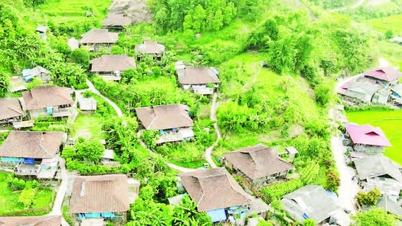


































































Comment (0)